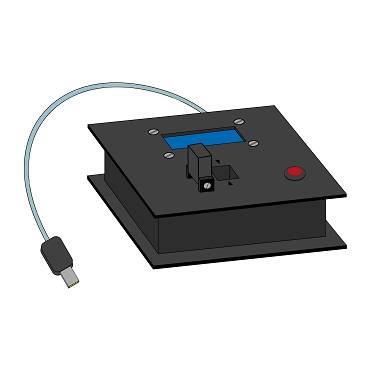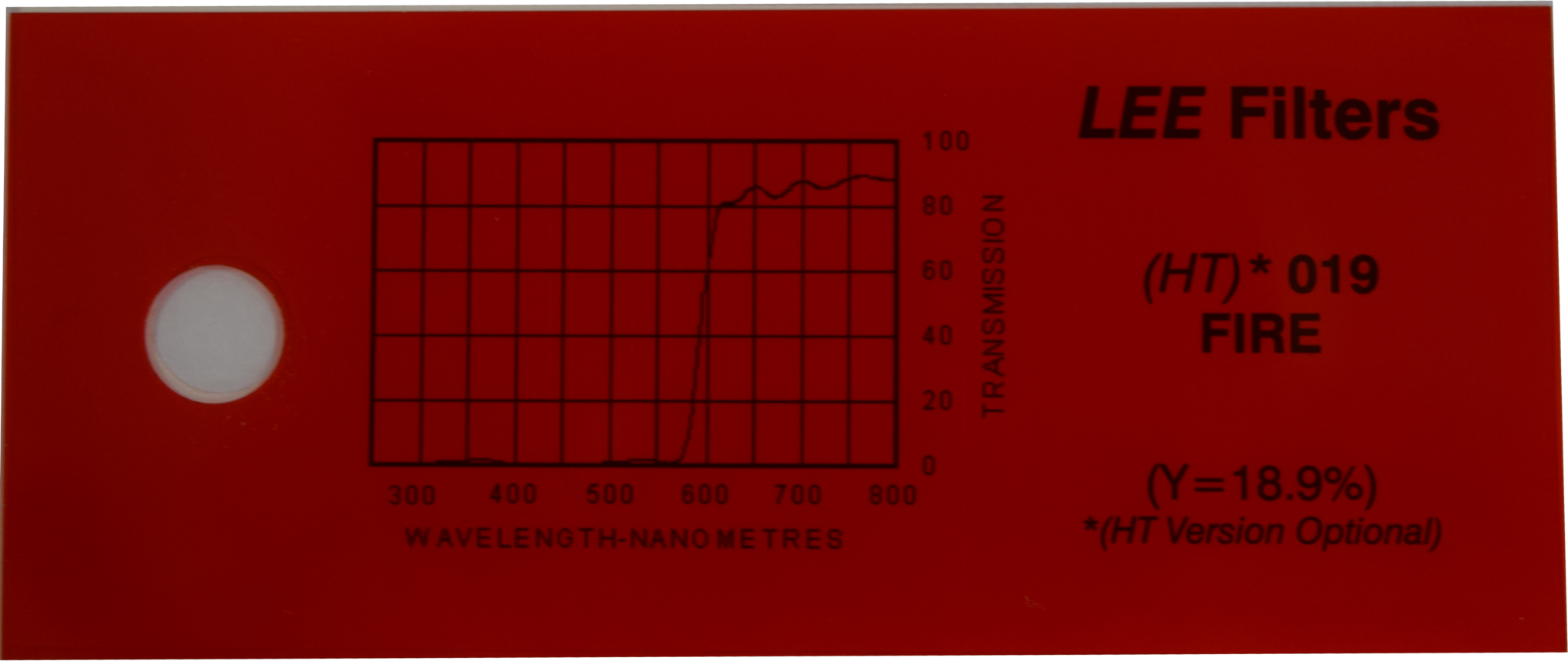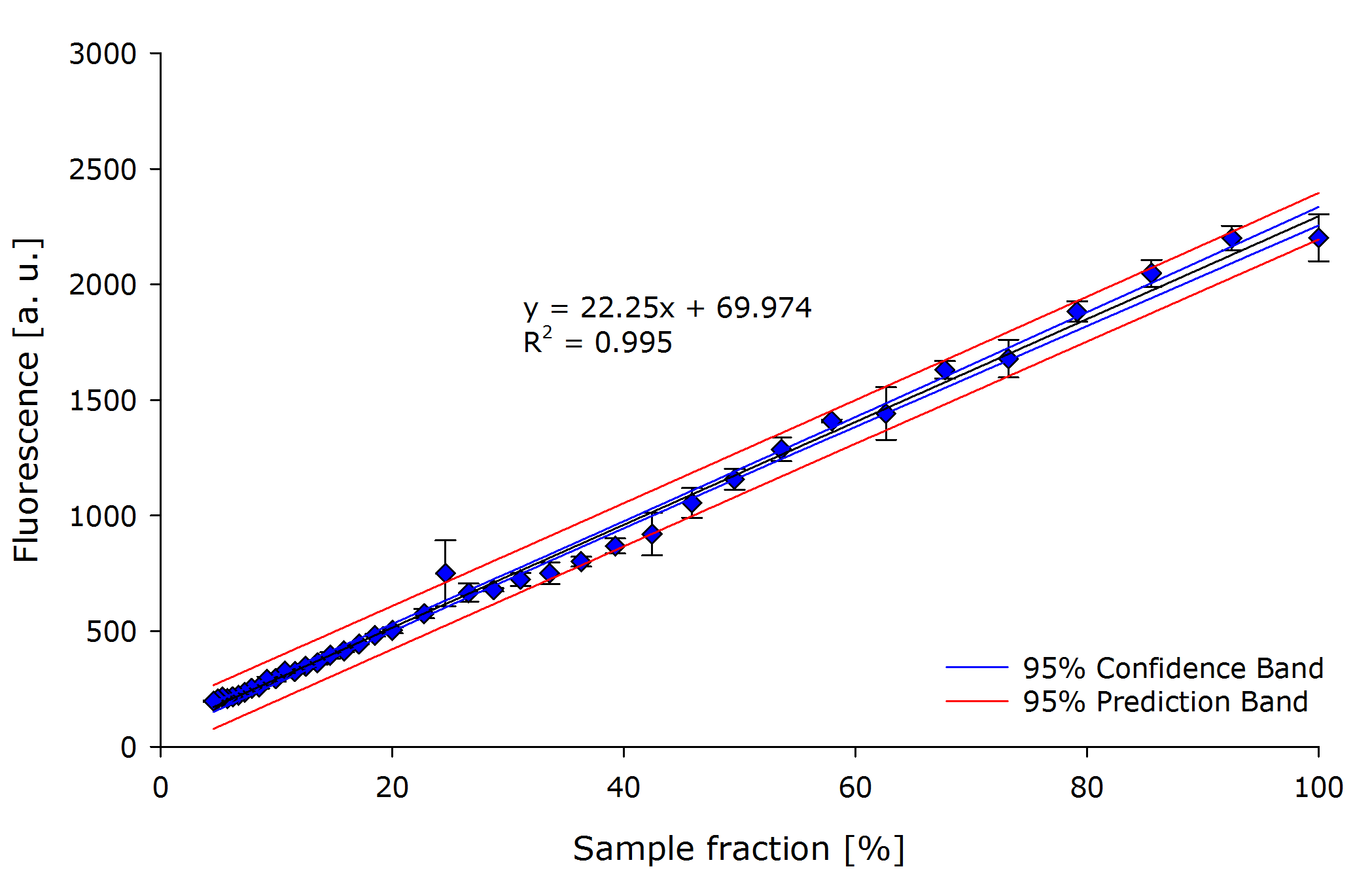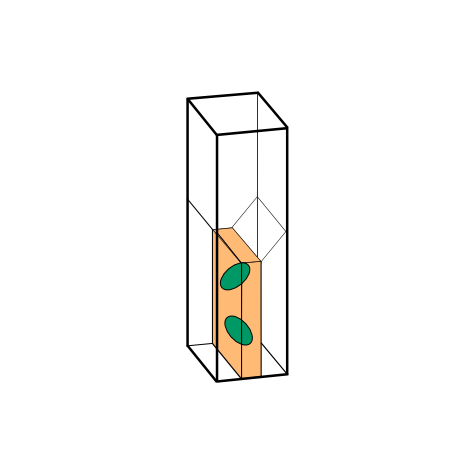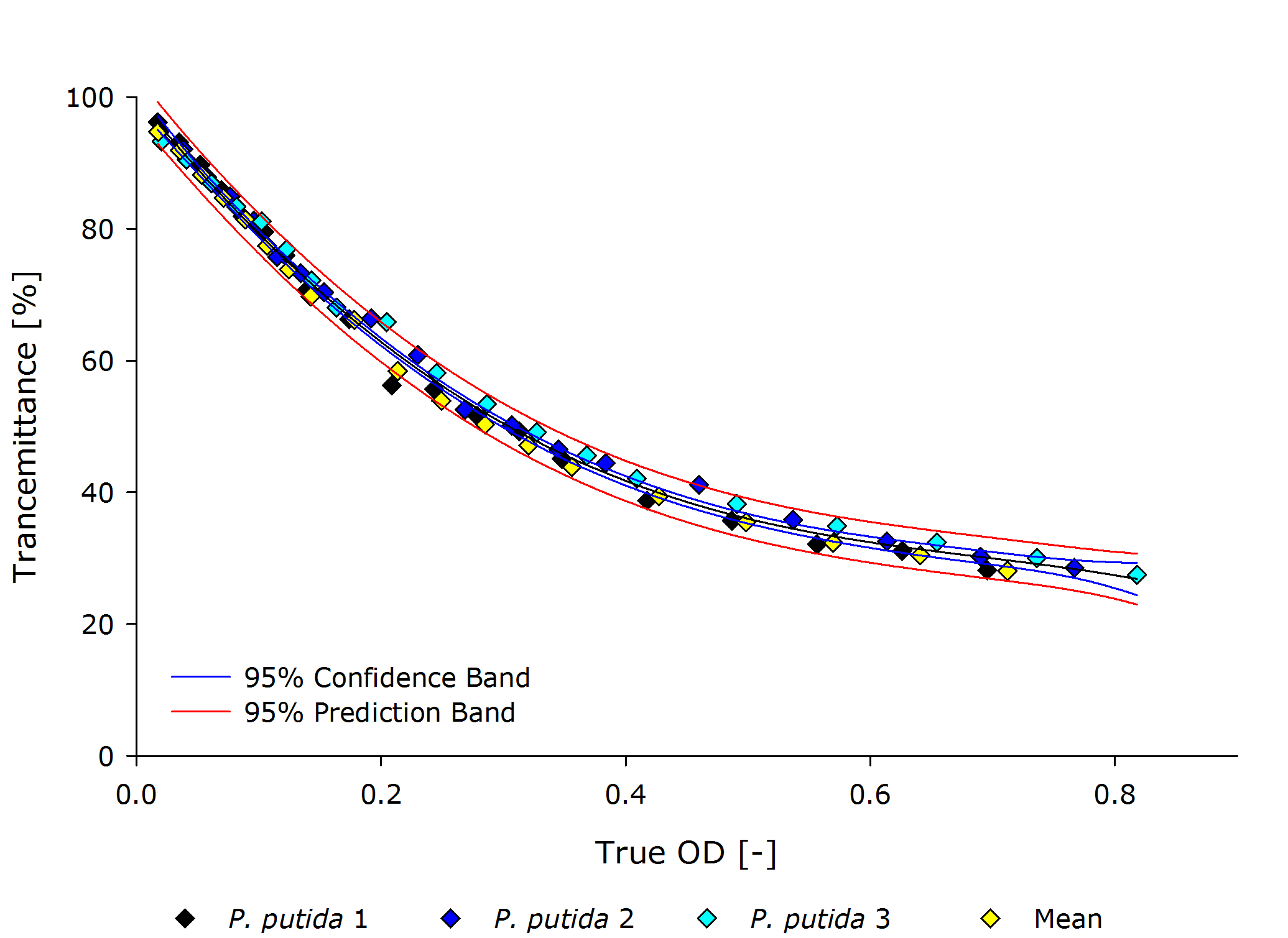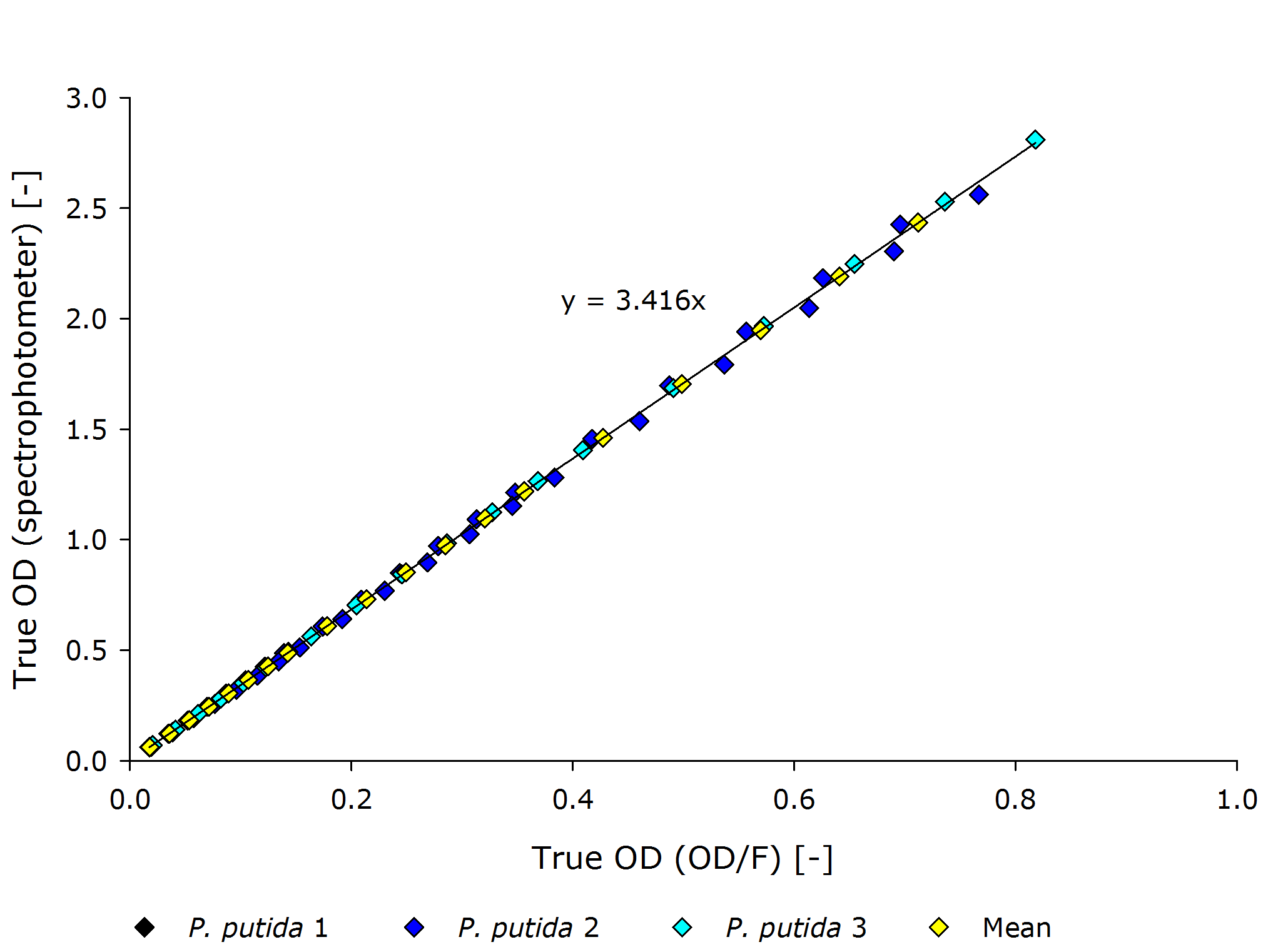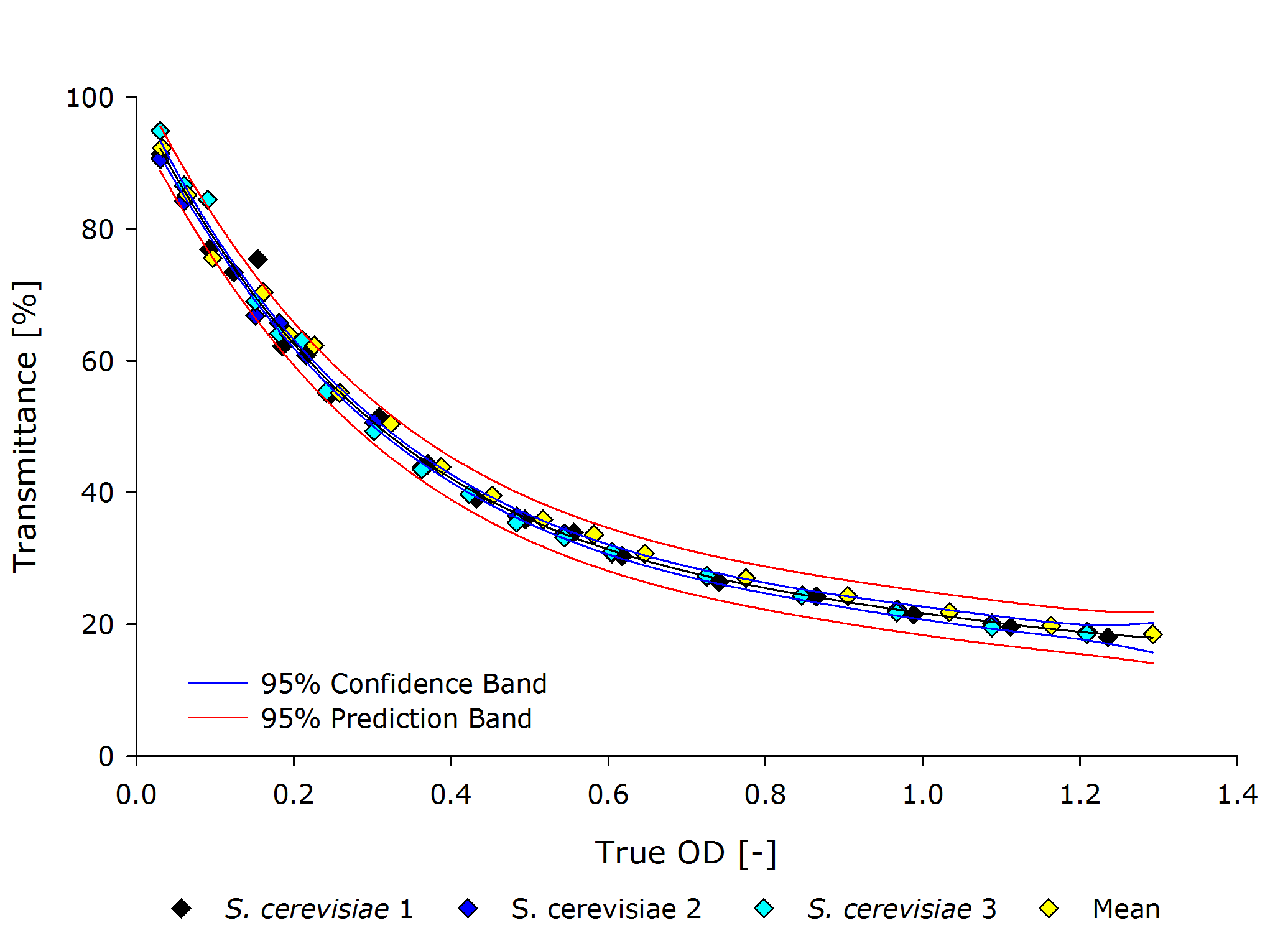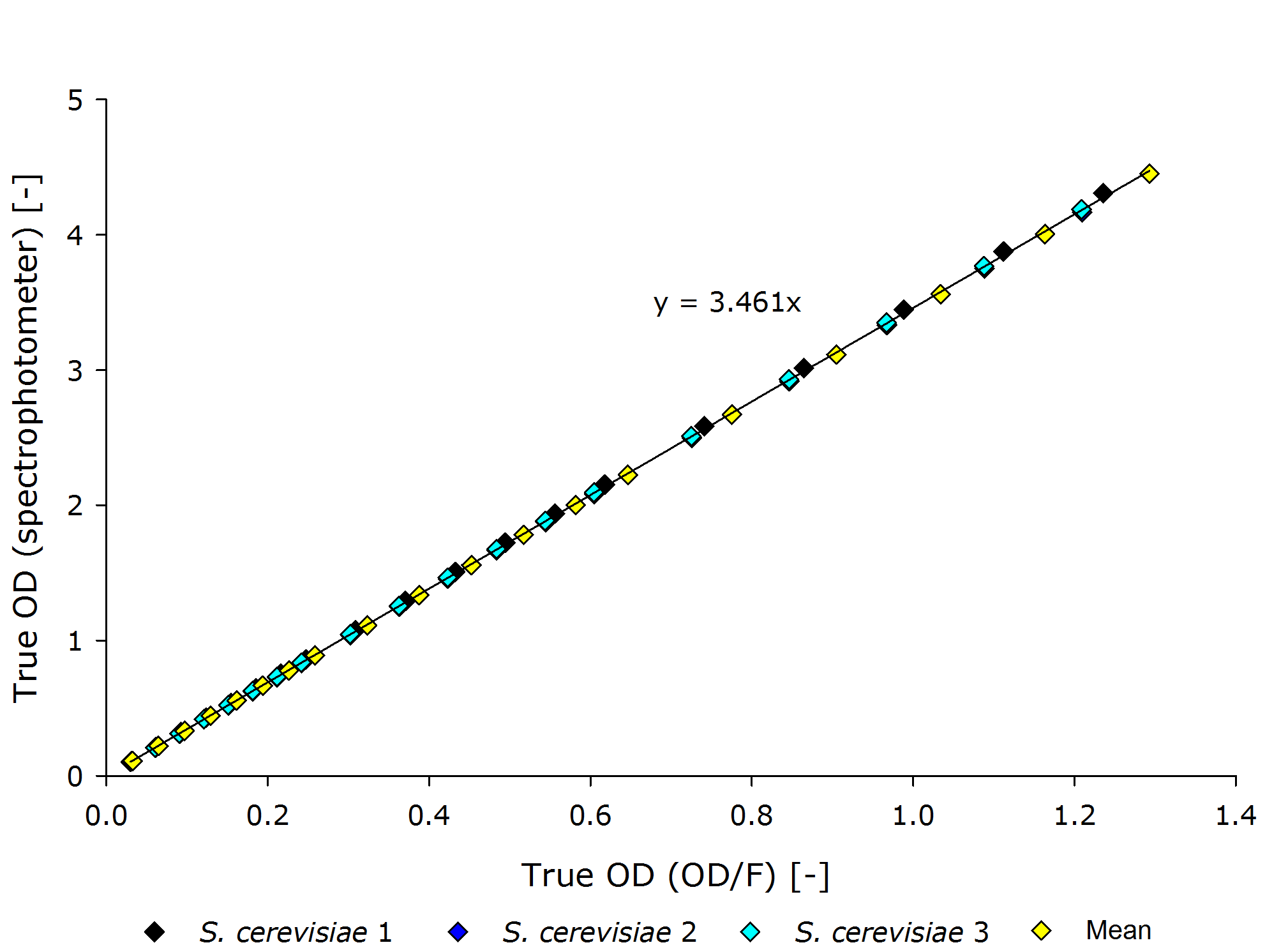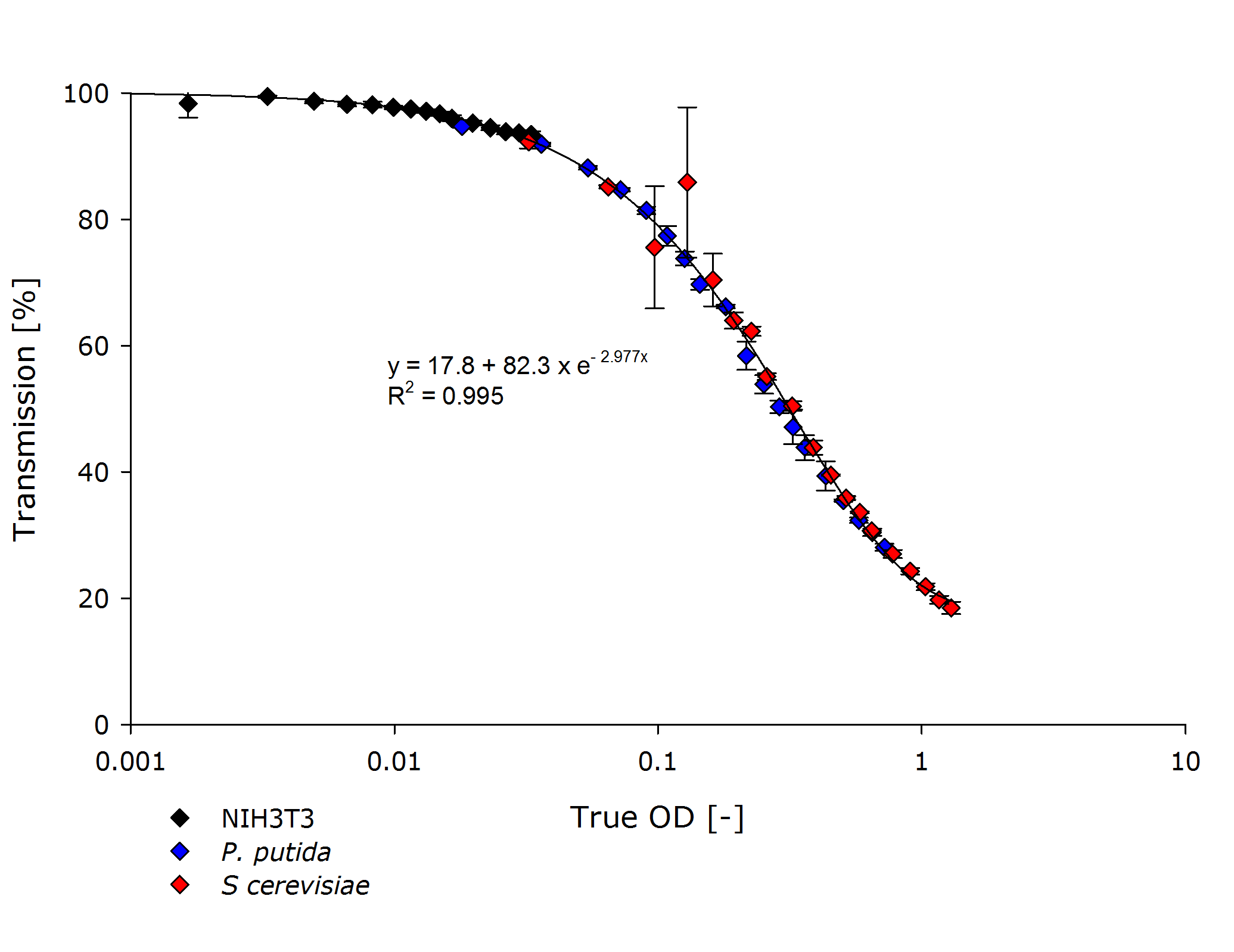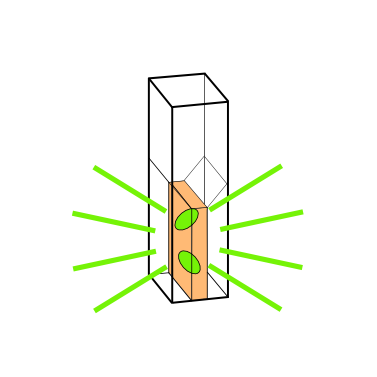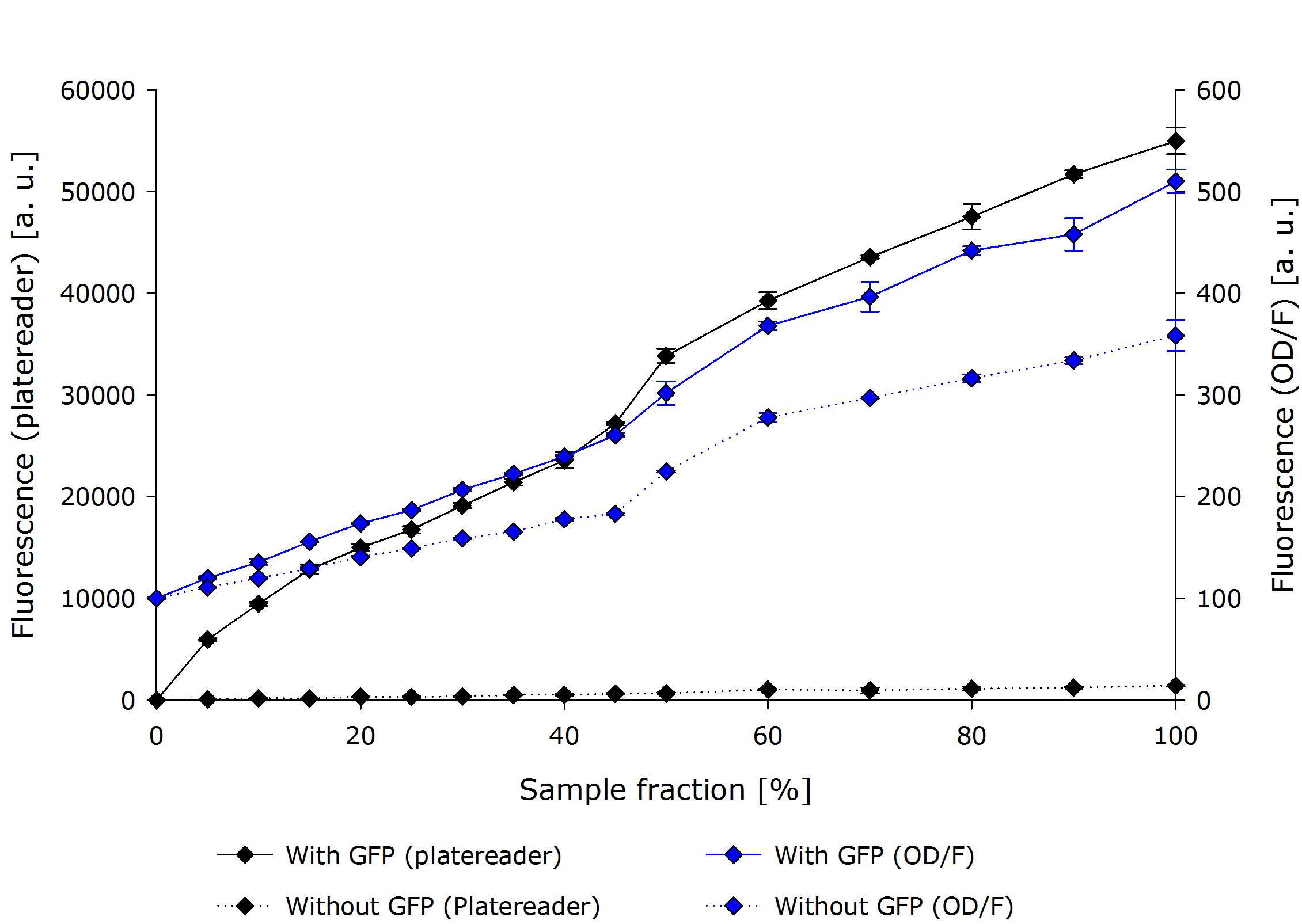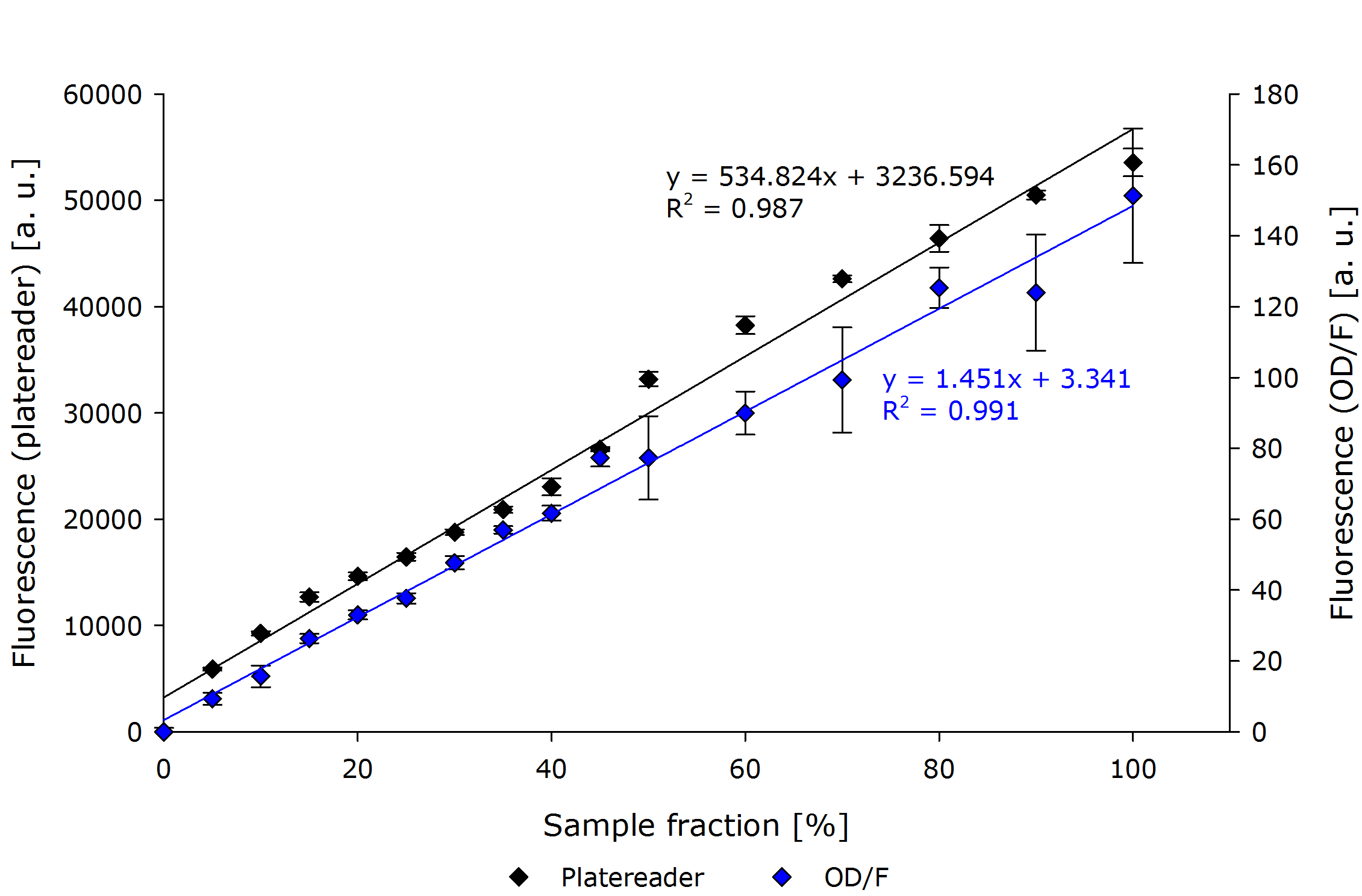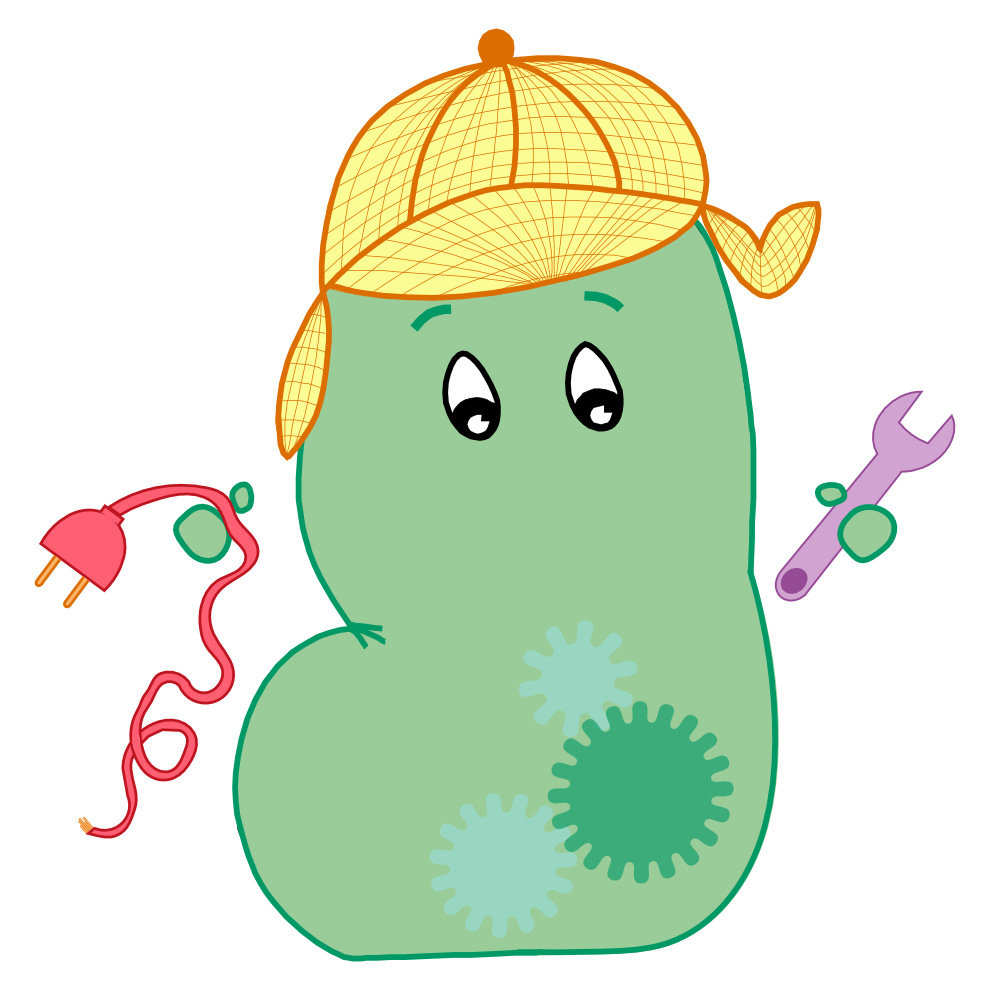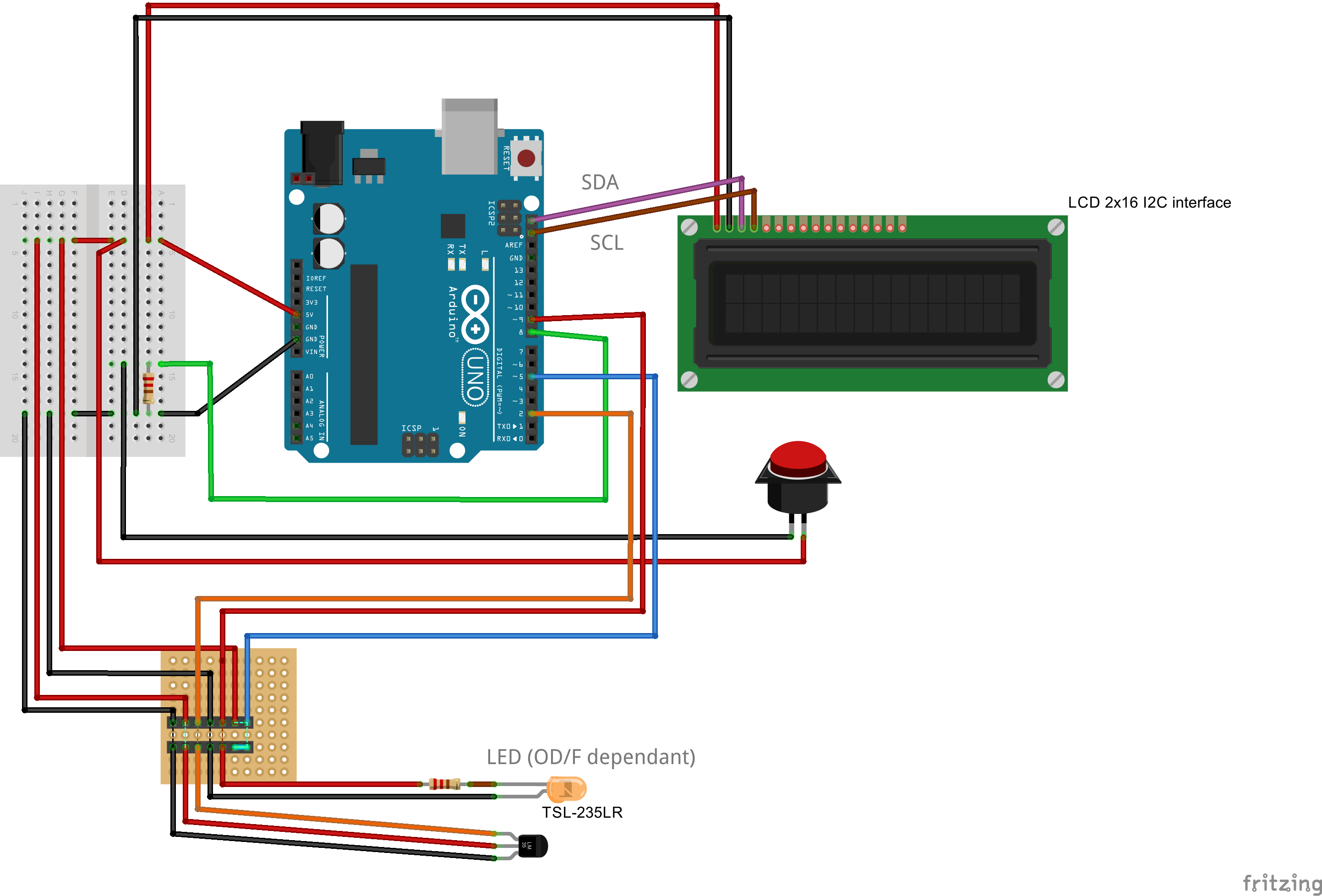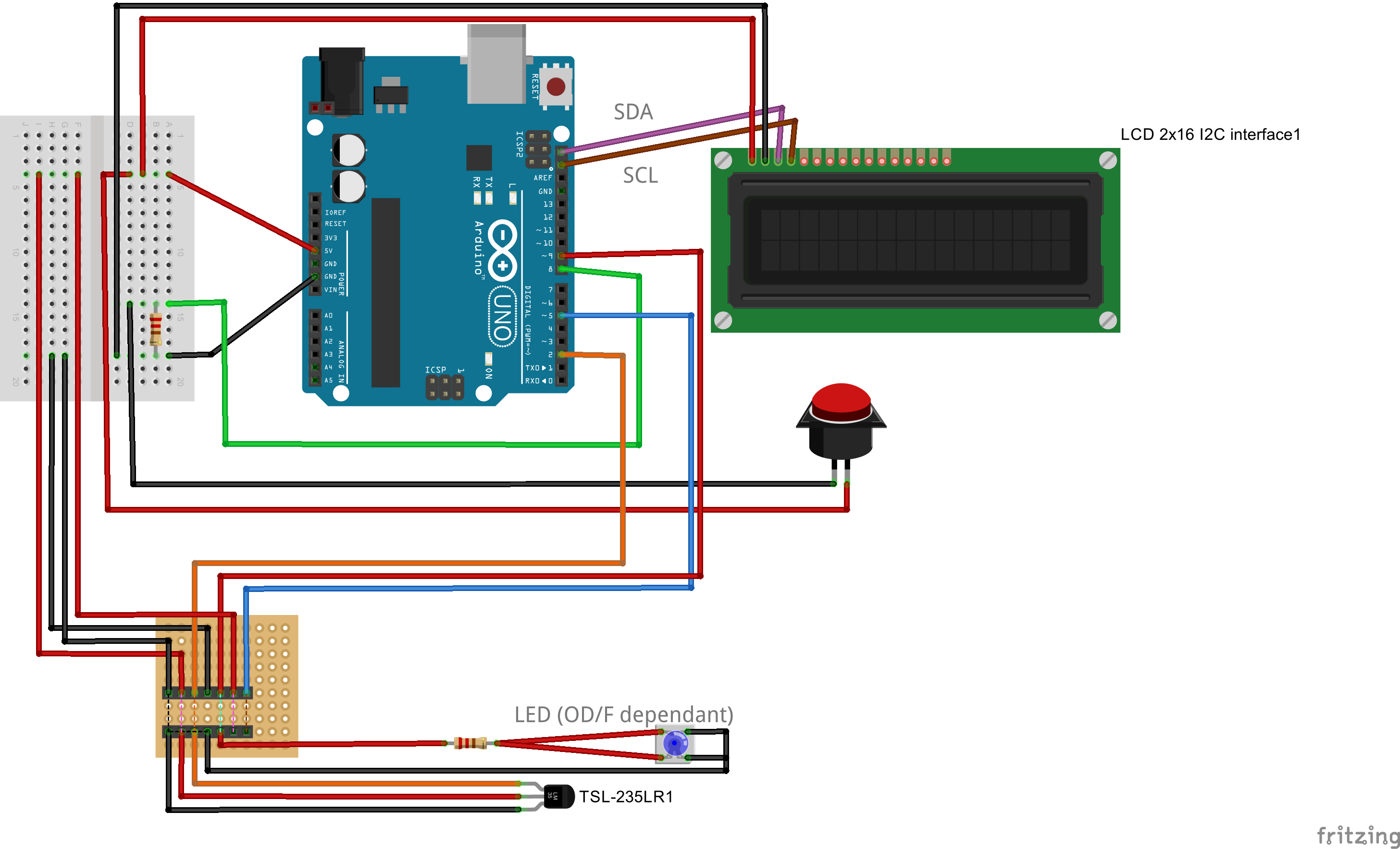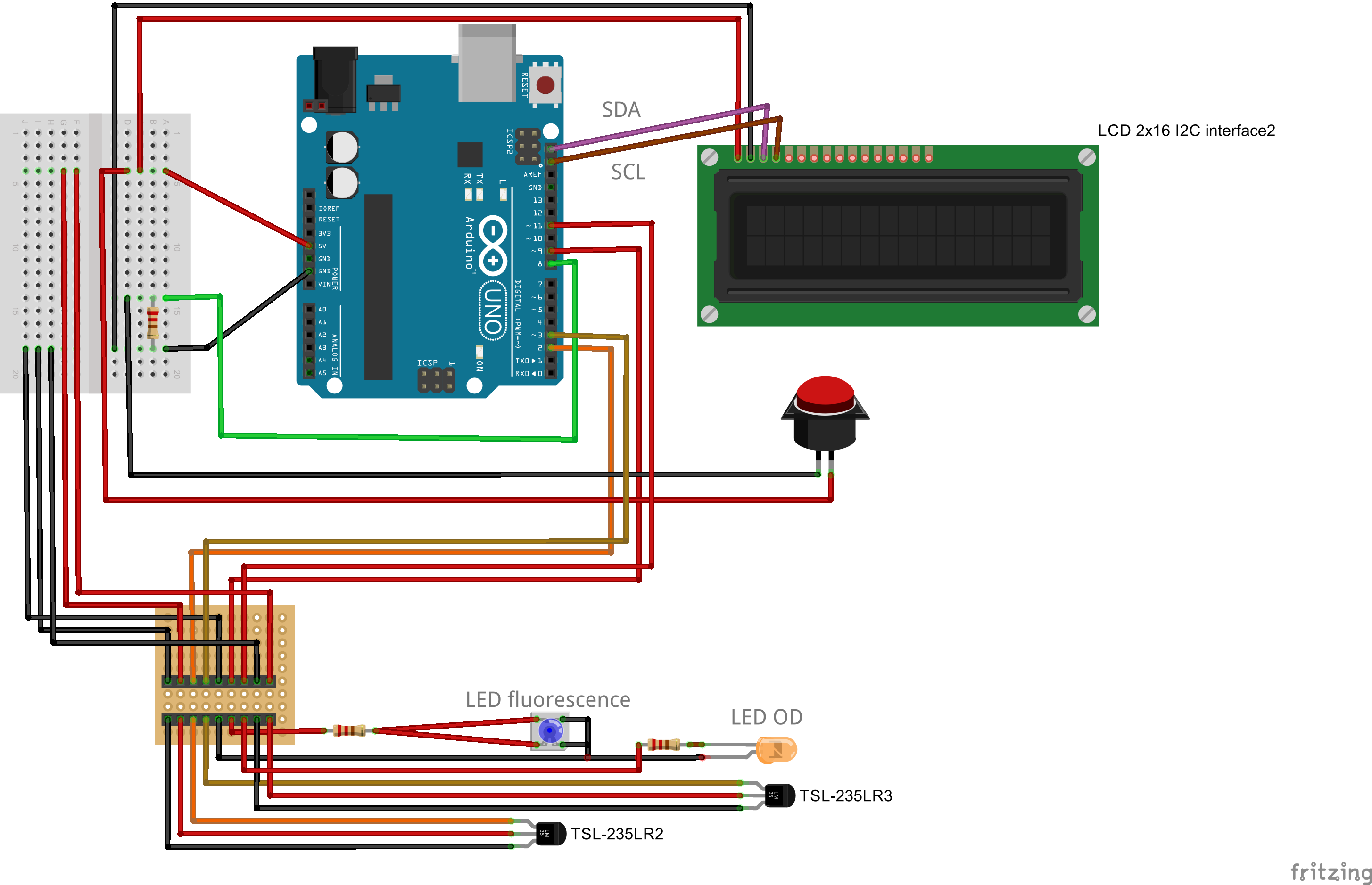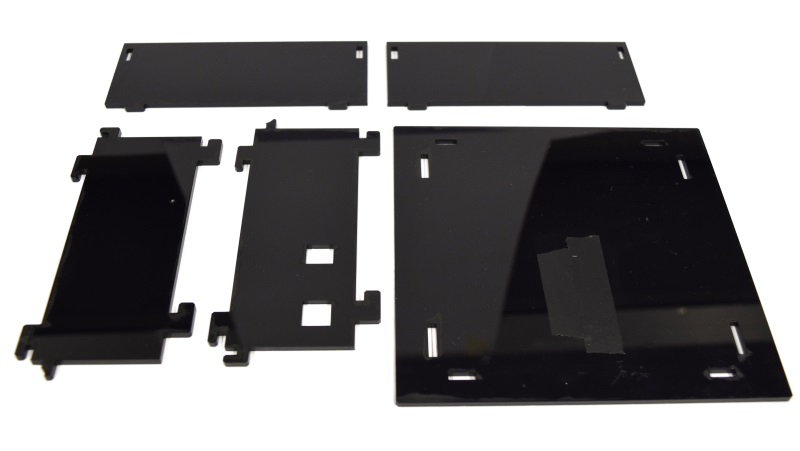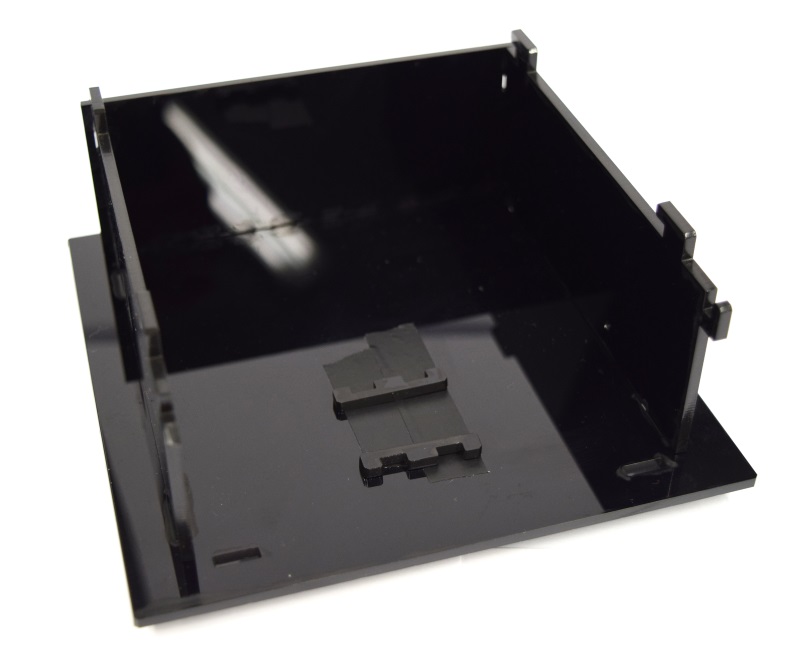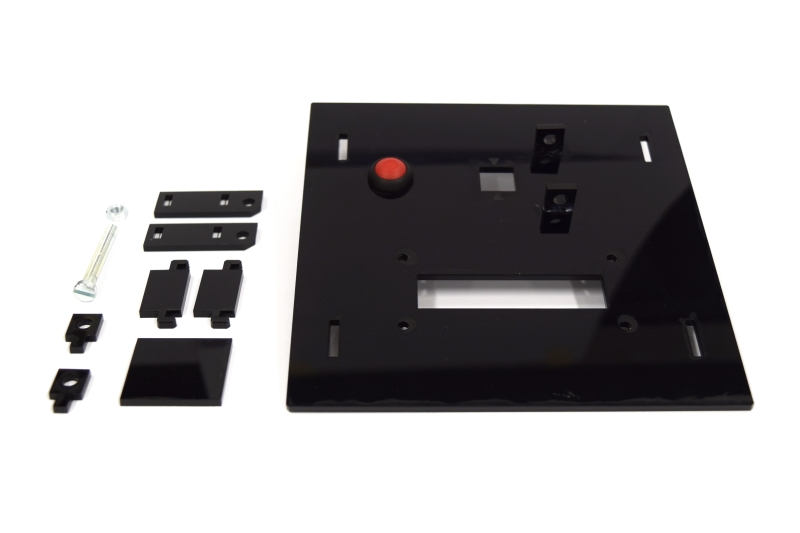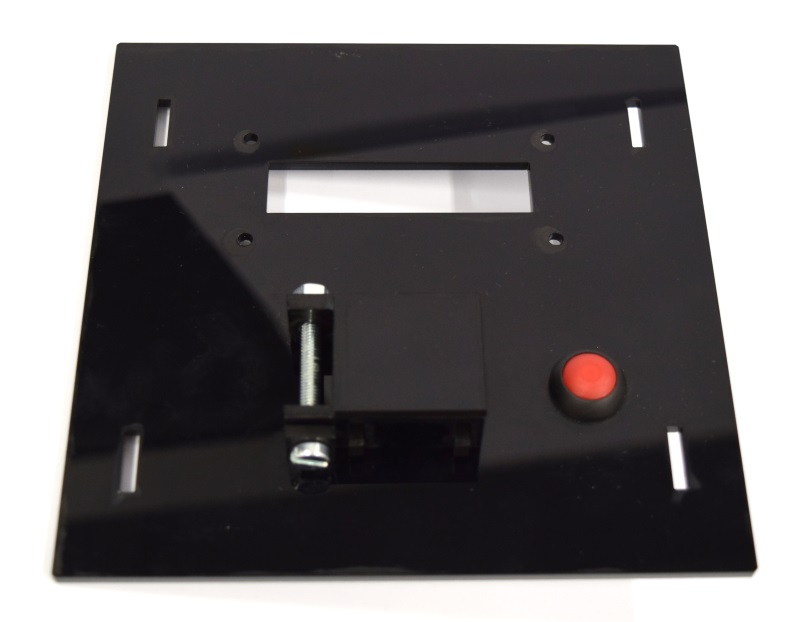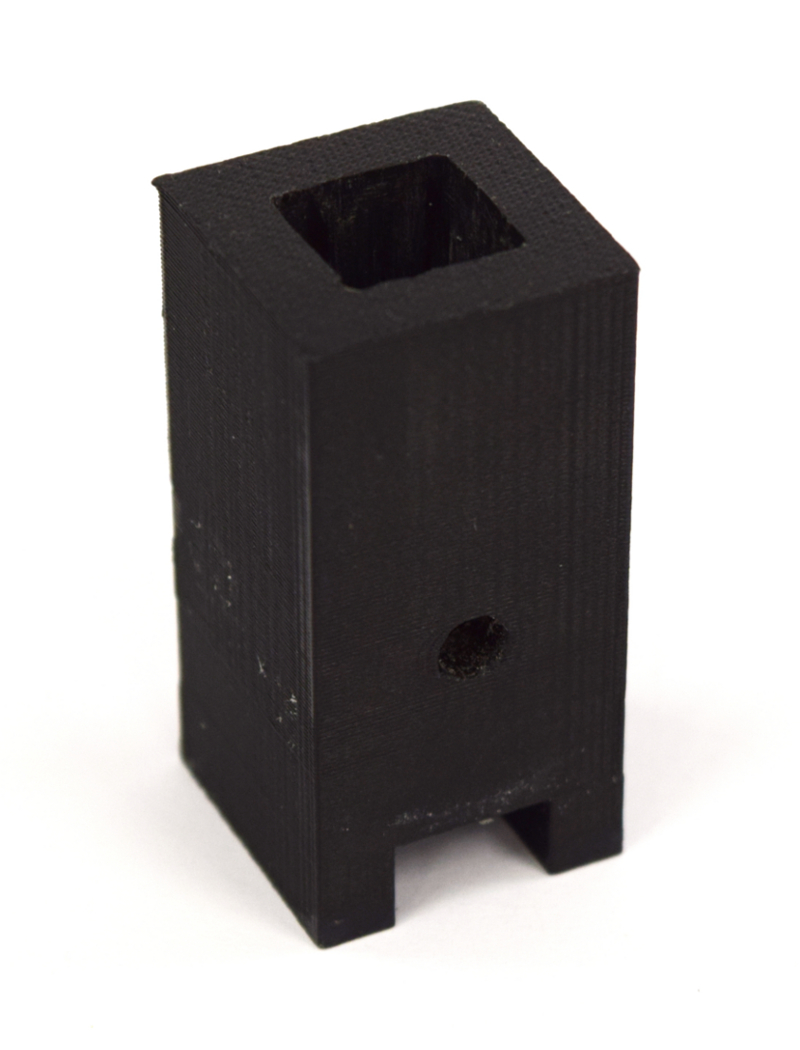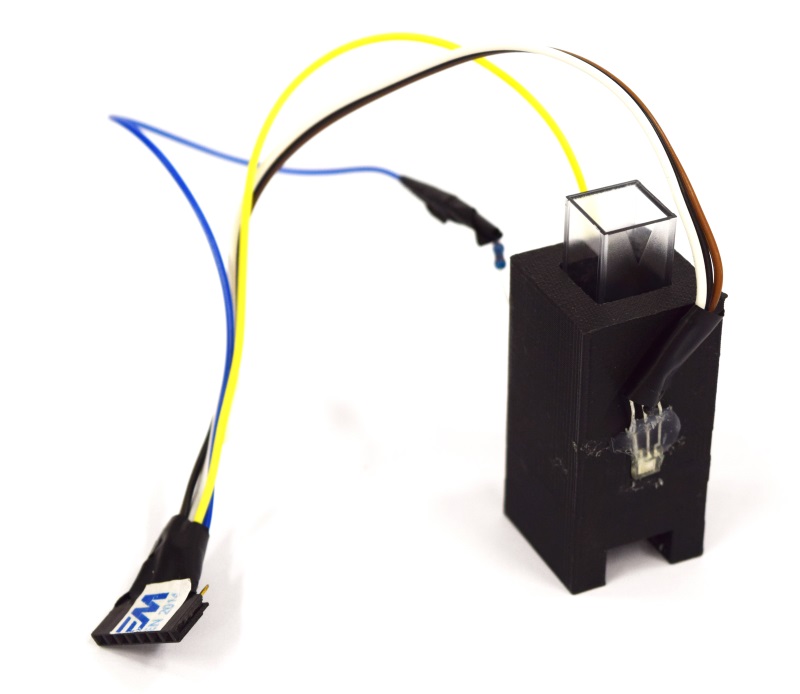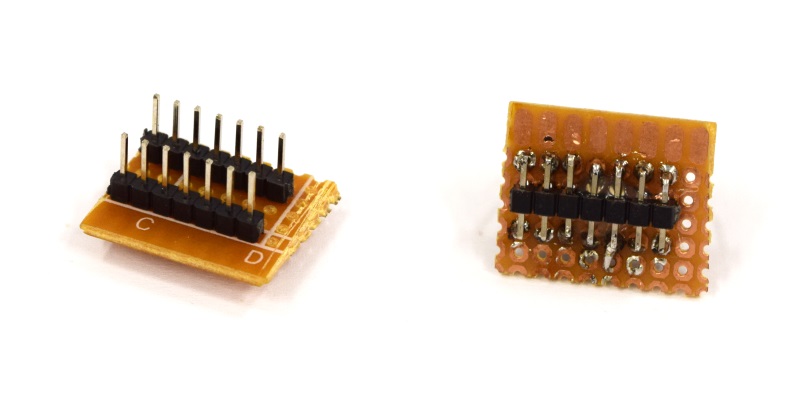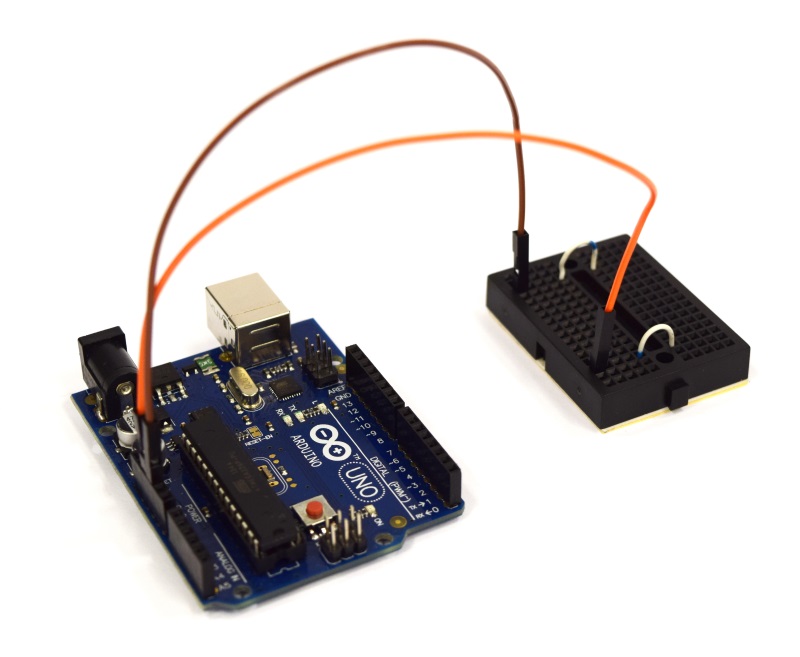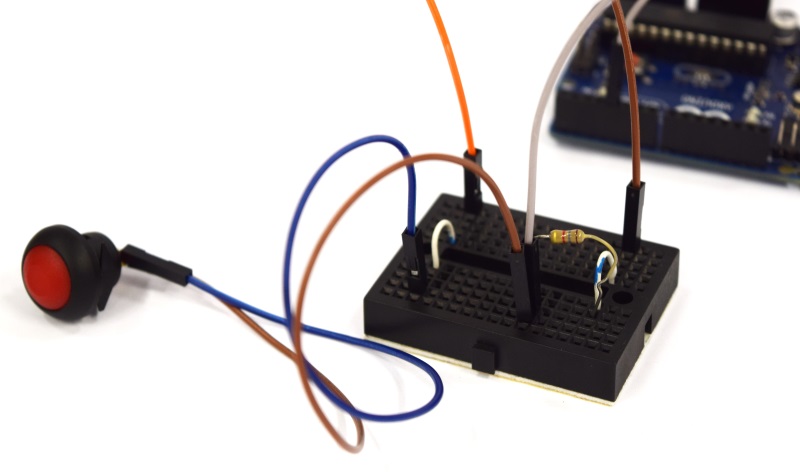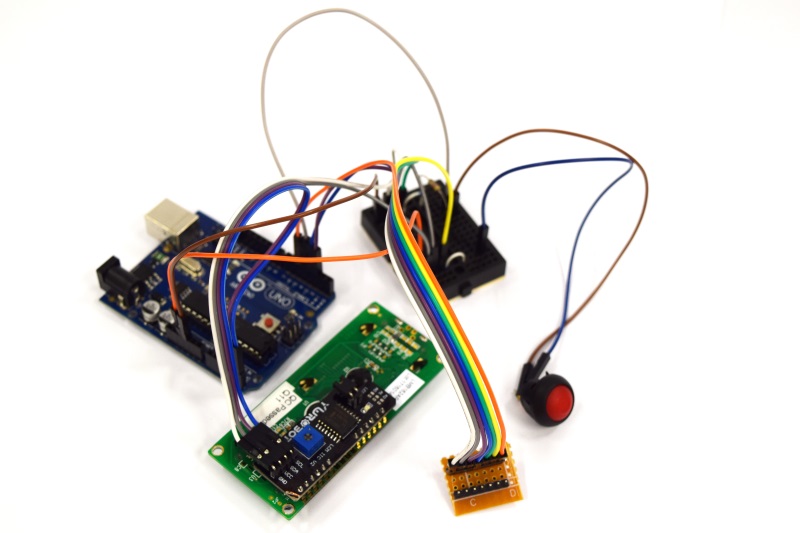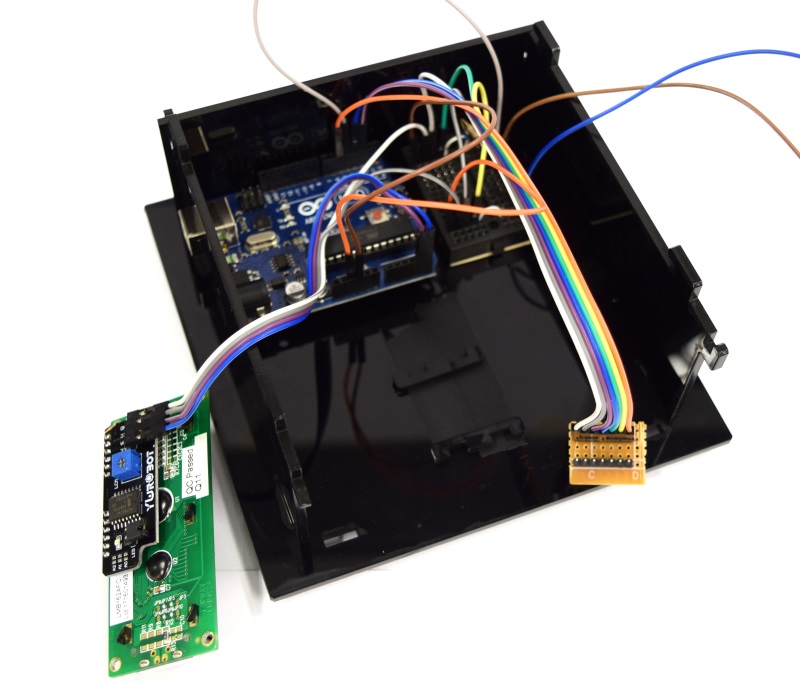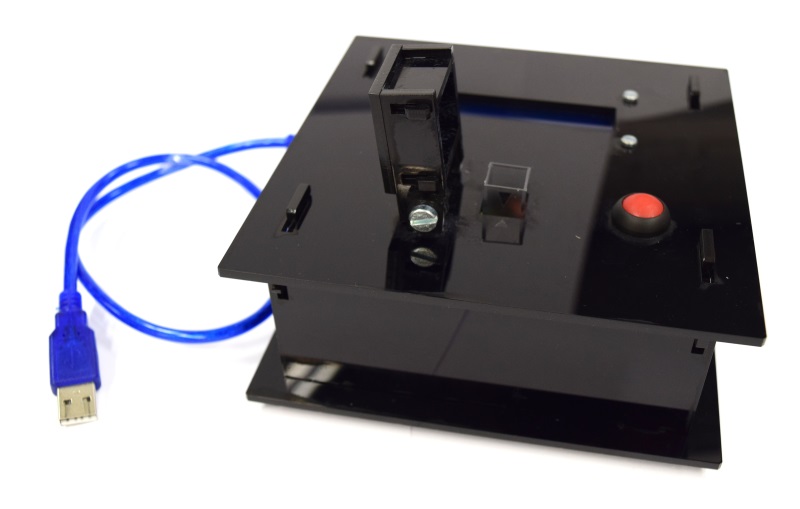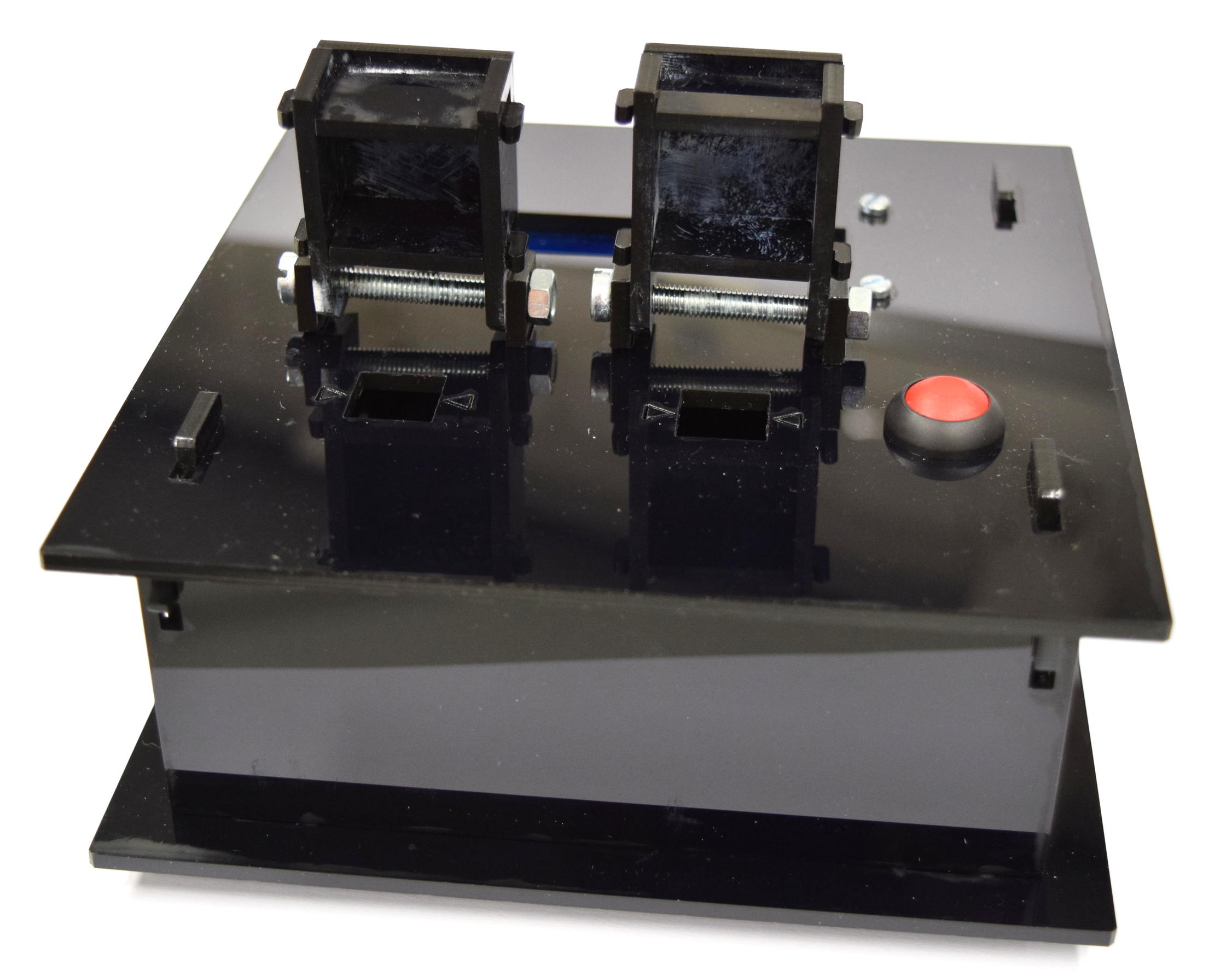Team:Aachen/Notebook/Engineering/ODF
From 2014.igem.org
(→From Transmittance to True Optical Density) |
(→From Transmittance to True Optical Density) |
||
| Line 157: | Line 157: | ||
For our OD device we needed to correlate the transmittance measured by our sensor to an optical density anyway. | For our OD device we needed to correlate the transmittance measured by our sensor to an optical density anyway. | ||
| - | Our team members from the deterministic sciences emphasized on the correction method, which was conducted according to Lawrence and Maier | + | Our team members from the deterministic sciences emphasized on the correction method, which was conducted according to Lawrence and Maier (2006): |
* The relative density ($RD$) of each sample in a dilution series is calculated using $\frac{min(dilution)}{dilution}$. | * The relative density ($RD$) of each sample in a dilution series is calculated using $\frac{min(dilution)}{dilution}$. | ||
| Line 166: | Line 166: | ||
The derived function allows the conversion from transmission to optical density on our device and therefore calibrates our device. | The derived function allows the conversion from transmission to optical density on our device and therefore calibrates our device. | ||
| - | |||
| - | In our experiments, we find in accordance to | + | In our experiments, we find in accordance to Lawrence and Maier that the correction majorly depends on the technical equipment used, especially the LED, sensor and cuvettes. |
While this at first sight looks disappointing, it is also expected: | While this at first sight looks disappointing, it is also expected: | ||
Transmittance is the fraction of light not absorbed by some medium relative to the cell-free and clear medium. | Transmittance is the fraction of light not absorbed by some medium relative to the cell-free and clear medium. | ||
However, the transmittance is not only dependent on the amount of cells in the way of the light's beam, but also how much light shines through the cuvette in which fashion, and in which fraction is received by the sensor in which angles. | However, the transmittance is not only dependent on the amount of cells in the way of the light's beam, but also how much light shines through the cuvette in which fashion, and in which fraction is received by the sensor in which angles. | ||
| - | Using the above formula we performed this experiment for Pseudomonas putida and Saccharomyces cerevisiae. | + | Using the above formula we performed this experiment for ''Pseudomonas putida'' and ''Saccharomyces cerevisiae'' and asked team [https://2014.igem.org/Team:Aachen/Collaborations/Freiburg Freiburg] to perform the same experiment using mamallian cells. |
=== Experiments === | === Experiments === | ||
Revision as of 20:35, 17 October 2014
|
|
|
|
|
|
 "
"
